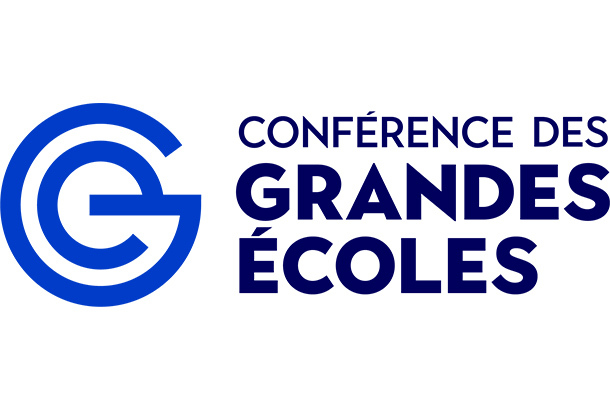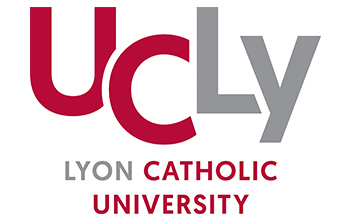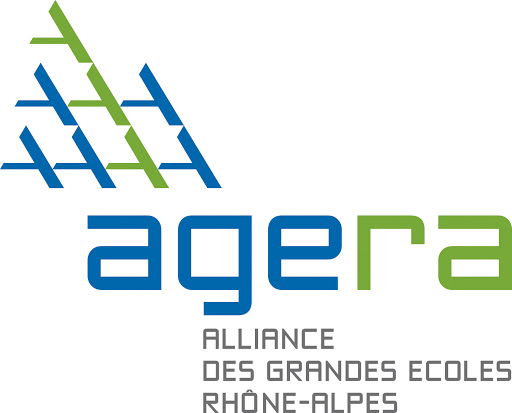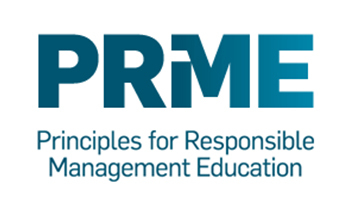- Homepage
- ESDES’s blog
- Research
- The role of collaborative decision making in the choosing of circular economy operation for the disassembled parts
Elham Jelodari Mamaghani
8 min.
23 March 2023
Context
One of the major issues in the environment is global warming (climate change) which has a prominent impact on the whole world (United Nations, 2015). Its reason is returning back to the increase of greenhouse gas emissions (GHG). In 2015, each government that participated in Paris agreement is responsible to keep the solution to prevent the temperature from rising (United Nations, 2015). For instance, European Union (EU) has set a goal by 2030 to reduce 40% of GHG emissions compared to 1990 (European Commission, 2015) and to combat climate changes and global warming to protect the planet for the future generation and set sustainable development in their countries until 2023 (United Nations, 2015). Product disassembly and recovery stage is one of the important approaches to GHG reductions (Kokubu et al., 2015). Actually, recovery stage of product disassembly is a solution to produce new products without using new materials. The strategy is an alternative for manufacturing of new products by application of obtained raw materials in the disassembly operation. Therefore, disassembly and recovery operation are a solution to the lack of natural resources problem and GHG emissions (Ilgin and Gupta, 2012). End of life (EOL) is the vital strategy to recovery of products in disassembly operation. Recycling, reusing, repairing, and remanufacturing are EOL options (Hasegawa et al., 2019). These operations are called the strategies of circular economy (CE) which are required to convert linear economy to CE (Hasegawa et al., 2019). The operations of CE bring an opportunity for to the products components to include in the second life cycle. To implement these operations, the most important step is disassembly to separate a product into its manufactured parts (Lambert and Gupta, 2005). Using CE operations prevent buying new components to generate new products and it adds value even though disassembly process needs money and it is costly. Moreover, they lead to implement sustainability by reducing GHG and wastes (Hasegawa et al., 2019; European Commission, 2015). Therefore, disassembly process is a prominent function in implementing CE operations. By exploring in the literature, it can be observed there are studies in disassembly functions that focused on CE operations and their role in the reduction of GHG emissions (Rickli and Camelio, 2014; Riggs et al., 2015). Cost, revenue, and environmental effects in multi partial disassembly was suggested by Rickli and Camelio (2014). Selecting of the disassembly parts in terms of life cycle option in the disassembly sequence was addressed by Riggs et al. (2015) by proposing mixed integer mathematical model. Reduction of CO2 emissions was included in the model besides the reduction of total disassembly costs. The decision process for EOL product recovery in the disassembly planning of products and including CE approaches was implemented in real cases (Jun et al., 2007; Hasegawa et al., 2019). Furthermore, it can be observed in the literature, CE approaches were addressed not only in the real cases but also in a special product (Meng et al., 2016). Besides sustainability dimensions, quality of disassembled parts can be included in the mathematical models. In other words, fairness among operators (social factor), reducing of CO2 emissions (environment indicator), and reduction total costs (economic factors) is studied besides the quality of parts. By this model, to choose the most suitable CE operation (recycling, remanufacturing, repairing, or disposal), there is a collaboration among four decision makers. The economy manager (to reduce costs), the industrial manager (to set a fairness among workers), environment manager (to reduce CO2 emissions), and quality manager (to control the quality of disassembled parts) are the four managers who collaborate together to decide. The problem is modelled by a mixed integer multi-objective mathematical model and can be solved by Ɛ-constraint for small-size instances. The final decision of decision makers is based on the obtained solutions by assuming the indicators.
Suggested solution
To select an appropriate life cycle option for disassembled, collaborative decision-making is a solution through modeling multi-objective mixed integer linear programming. The model is based on Ɛ-constraint for the data adopted from Hasegawa et al. (2019). The number of operators is three and the selected CE operations are remanufacturing, disposal, recycling, and repairing. According to the constraints considered for the model (for each piece of disassembled part) and the constraints on the operators (their working time and working sequence), the following results in Table 1 were obtained. To improve the solution, it is suggested to include more realistic constraints in the proposed model (ex. Reliability of each disassembled part) even though the model will be complicated. Additionally, the number of pieces is not more realistic numbers (18 parts) and it should be considered to test the model on large size instances.
|
Number of a part |
operation |
Operator |
|
1 |
repairing |
2 |
|
2 |
repairing |
2 |
|
3 |
disposal |
2 |
|
4 |
remanufacturing |
1 |
|
5 |
remanufacturing |
3 |
|
6 |
recycling |
1 |
|
7 |
repairing |
1 |
|
8 |
repairing |
3 |
|
9 |
recycling |
2 |
|
10 |
recycling |
3 |
|
11 |
recycling |
3 |
|
12 |
recycling |
1 |
|
13 |
remanufacturing |
3 |
|
14 |
remanufacturing |
3 |
For further information and access to the full article, please click on the link below:
https://link.springer.com/chapter/10.1007/978-3-030-85969-5_16
References
European Commission, 2015. Available at: https://ec.europa.eu/clima/policies/international/negotiations/paris_en, Accessed date: 10 May (2018).
Hasegawa, S., Kinoshita, Y., Yamada, T., Bracke, S.: Life cycle option selection of disassembly parts for material-based CO2 saving rate and recovery cost: Analysis of different market value and labor cost for reused parts in German and Japanese cases. Int. J. Prod. Econo, 213, 229-242, (2019).
Ilgin, M.A., Gupta, S.M.: Remanufacturing Modeling and Analysis. CRC Press, Boca Raton, (2012).
Jun, H.B., Cusin, M, Kiritsis, D., Xirouchakis, P.: A Multi-Objective Evolutionary Algorithm for EOL Product Recovery Optimization: Turbocharger Case Study. Int. J. Pro. Res. 45 (18-19), (2007).
Kokubu, K., Itsubo, N., Nakajima, M., Yamada, T.: Low Carbon Supply Chain Management. Chuokeizai-sha Inc. Tokyo, (2015).
Lambert, A.J.D., Gupta, S.M.: Disassembly Modeling for Assembly, Maintenance Reuse, and Recycling. CRC Press, Boca Raton, (2005).
Meng, K., Lou, P., Peng, X., Prybutok, V.: An Improved Co-Evolutionary Algorithm for Green Manufacturing by Integration of Recovery Option Selection and Disassembly Planning for End-Of-Life Products. Int. J. Pro. Res. 54 (18), (2016).
Rickli, J. l., Camelio, J.A.: Partial disassembly sequencing considering acquired end-of-life product age distributions. Int. J. Prod. Res. 52 (7), 496–512, (2014).
Riggs, R.J., Jin, X., Hu, J.: Two-stage sequence generation for partial disassembly of products with sequence-dependent task times. Procedia CIRP 29, 698–703, (2015).
United Nations, 2015. Available at: https://sustainabledevelopment.un.org/topics/climatechange, Accessed date: 30 April (2018).










